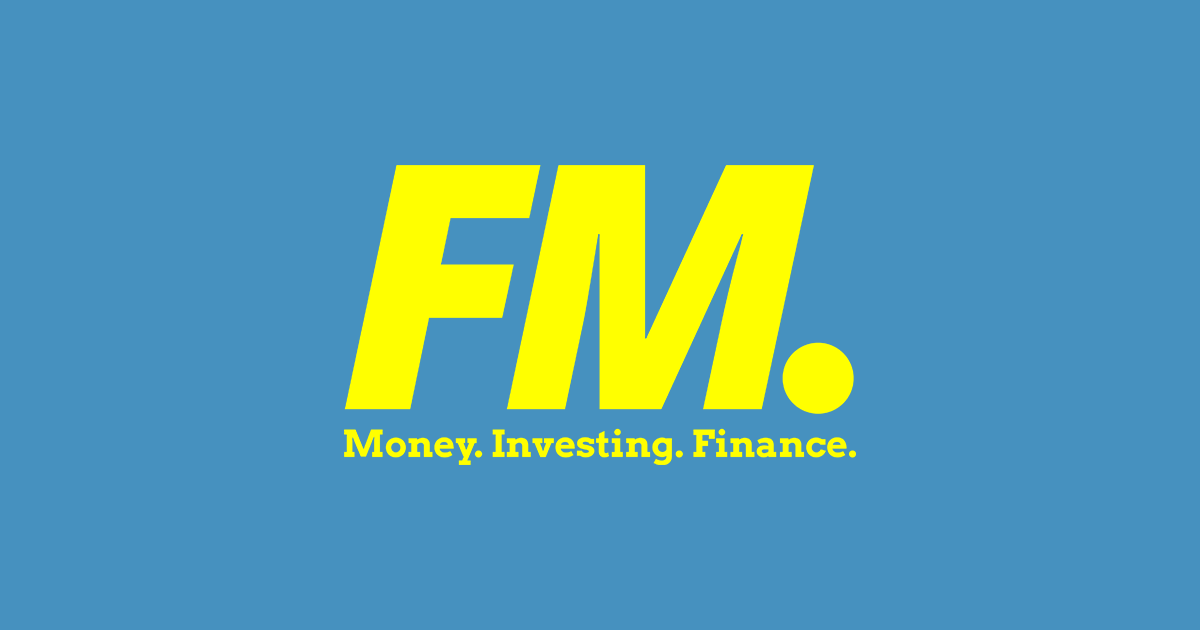Jobs Shock: U.S. Adds Just 73K in July as 258K Spring Gains Vanish Overnight.
Summary: Key Takeaways
📉 73K jobs added in July 2025 — well below expectations.
✂ May–June gains revised down by 258K, the sharpest two-month cut in over a decade.
📈 Unemployment at 4.2% with long-term joblessness and labor-force contraction rising.
🏥 Health care & social assistance are still adding jobs; most other sectors are flat or declining.
⚠ Economists warn of stagflation-lite and political interference threatening trust in data.Summary Box: Key Takeaways
Navigating the U.S. Labor Market Slowdown: A Deep Dive
1. July Jobs Report: The Cold Hard Numbers
In July 2025, nonfarm payroll employment rose by just 73,000, far short of the 100K+ jobs expected. May and June’s reports were dramatically revised: May from +144K to +19K, June from +147K to +14K—a combined 258,000-job downward revision, the largest in over a decade according to the Bureau of Labor Statistics.
Unemployment rose slightly to 4.2%, and long-term unemployment climbed, with those jobless over 27 weeks now accounting for nearly 25% of all unemployed.
2. Why the Massive Revisions? A Normal—but Disconcerting—Process
Monthly job data is preliminary, based on about 68% employer responses, and refined over the next two months as more reports come in—often causing revisions. This particular revision is statistically rare, nearly three standard deviations from the norm as reported by Fox Business.
3. Sector Snapshot: Winners, Laggards, and Where Jobs Are Vanishing
-
Healthcare added about 55K jobs, with ambulatory services and hospitals leading.
-
Social assistance added roughly 18K jobs.
-
The federal government shed 12K jobs, while manufacturing, finance, construction, retail, and professional services saw little or no growth.
4. Labor Supply Strain: Immigration & Workforce Retraction
The foreign-born labor force has contracted by nearly 1.6 million in just four months, a decline comparable to pandemic-era losses. This supply-side squeeze may mask weakness in demand, keeping unemployment steady but limiting job creation according to Charles Schwab.
5. Economic Outlook: Rising Risk of ‘Stagflation-Lite’
With inflation above 2% (PCE at ~2.6%), slowing job growth, and rising unemployment claims, economists warn of a “stagflation-lite” environment—where policy tools are limited and economic stagnation meets persistent price pressures. Morgan Stanley and Bank of America caution that, despite speculation about Fed rate cuts, stubborn inflation and a shrinking labor force may delay any easing as reported by Business Insider.
6. Politics and Data Integrity: Firing the BLS Chief
Hours after the weak report, President Trump fired BLS Commissioner Erika McEntarfer, accusing her—without evidence—of manipulating data. Former Treasury Secretary Larry Summers condemned the dismissal as “really scary,” warning it could damage trust in economic reporting. Data experts stress that BLS methods are rigorously protected and politically insulated, and revisions are a standard, transparent process. (MarketWatch)
Real-World Example: Hiring in Health Care vs. Manufacturing
Case Study:
In health care, large hospital systems continue to hire—especially in ambulatory and home health—driven by an aging population and pandemic-era backlogs. By contrast, manufacturing firms, including small factories dependent on stable supply chains, have frozen hiring or initiated layoffs due to uncertainty over tariffs and demand.
Frequently Asked Questions (People Also Ask)
1. Why were May and June job gains revised downward so drastically?
Because initial employment data is preliminary; revisions occur as more employer data arrives and seasonal adjustments are refined. (Bureau of Labor Statistics)
2. Is this slowdown a sign of recession?
The three-month average job gain of 35K is close to levels seen at the start of past recessions. Combined with rising long-term unemployment, it suggests elevated risk. (Charles Schwab)
3. Could supply constraints mask economic weakness?
Yes. A shrinking labor force—especially due to fewer foreign-born workers—can keep unemployment steady even when hiring demand weakens. (Charles Schwab)
4. What is “stagflation-lite,” and why is it a concern now?
It’s a period of slow growth, rising inflation, and stubborn unemployment—making it hard for policymakers to respond effectively. (Business Insider)
5. Is the BLS data still reliable after the commissioner’s firing?
Yes. The BLS has independent, transparent methodologies that are not subject to political influence. Revisions are standard practice. (MarketWatch)















